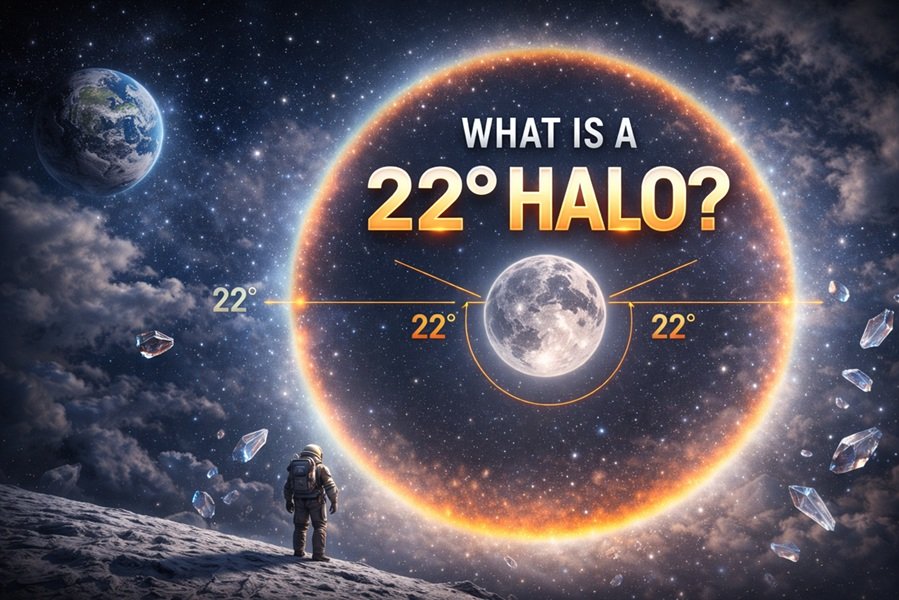
Every year, on May 9, people across Europe observe Europe Day—a symbolic celebration of peace, unity, and cooperation among European nations. Often overshadowed by other global observances, Europe Day holds profound significance, particularly in the context of post-war recovery and the creation of the European Union (EU). This article explores the origin, importance, traditions, and evolving relevance of Europe Day in a rapidly changing world.
Historical Background of Europe Day
The roots of Europe Day trace back to May 9, 1950, a date that marks the delivery of the Schuman Declaration by Robert Schuman, then French Foreign Minister. Speaking in the aftermath of World War II—a time when the continent was still reeling from unprecedented devastation—Schuman proposed a visionary plan: the pooling of coal and steel production between France and Germany, and eventually, other European countries. The goal was to make war between historic rivals “not merely unthinkable, but materially impossible.”
This initiative laid the foundation for the European Coal and Steel Community (ECSC) in 1951, the first of a series of institutions that would ultimately evolve into today’s European Union.
Two Europe Days: May 5 and May 9
It’s important to distinguish between two Europe Days:
- May 5: Celebrated by the Council of Europe, which was founded on this date in 1949. This body, headquartered in Strasbourg, is focused on promoting human rights, democracy, and the rule of law across the continent.
- May 9: Celebrated by the European Union, marking the anniversary of the Schuman Declaration. This is the more widely recognized Europe Day in the context of EU institutions.
While both dates celebrate European unity, May 9 is more closely associated with the EU and its citizens.
Significance of Europe Day
1. Symbol of Peace and Reconciliation
Europe Day embodies the success of peaceful cooperation after centuries of conflict. It reflects the vision of a continent where nations work together to secure long-term peace, a notion that seemed impossible before 1945.
2. Birth of the European Project
The Schuman Declaration was not just a diplomatic speech—it was the spark for a new political structure. Europe Day celebrates this first step toward integration, which eventually led to the formation of the European Economic Community (EEC) and then the European Union.
3. Civic Identity and Unity
For many Europeans, especially in the younger generation, May 9 represents a shared identity that transcends national borders. It fosters a sense of belonging to a wider community that values democracy, human rights, and freedom.
4. Reminder of European Values
Europe Day is an opportunity to reaffirm the EU’s core values: respect for human dignity, freedom, equality, rule of law, and respect for human rights.
How Europe Day is Celebrated
1. Open Doors at EU Institutions
In Brussels, Strasbourg, and Luxembourg, the main EU institutions such as the European Commission, European Parliament, and Council of the EU open their doors to the public. Visitors can tour the buildings, attend debates, and participate in interactive exhibitions.
2. Local Events Across Member States
Across EU member countries, cities host a variety of events including:
- Cultural festivals and concerts
- Flag-raising ceremonies
- Educational activities in schools
- Public speeches and discussions on European topics
- Art exhibitions and film screenings
3. Digital Celebrations
In the digital age, Europe Day is increasingly celebrated online. Institutions stream speeches, hold live Q&A sessions, and run social media campaigns using hashtags like #EuropeDay and #EUatWork.
4. Participation of Young People
Youth is at the heart of Europe Day. Schools organize special lessons about European history and values, while youth organizations hold debates, quizzes, and essay competitions. The Erasmus+ programme is often highlighted as a successful example of pan-European youth collaboration.
Symbols Associated with Europe Day
1. European Flag
The blue flag with twelve gold stars is the most iconic symbol. Though it was adopted by the Council of Europe in 1955, it was later embraced by the EU. The twelve stars symbolize perfection, unity, and harmony.
2. European Anthem
The EU’s anthem is based on Ludwig van Beethoven’s “Ode to Joy” from his Ninth Symphony. Though it has no lyrics, it conveys the ideals of freedom, peace, and solidarity.
3. Euro Currency
While not directly a Europe Day symbol, the Euro is often showcased during celebrations as a tangible sign of European economic integration.
Europe Day in a Modern Context
1. Reflection Amidst Challenges
In recent years, Europe Day has become a time to reflect on the EU’s resilience and adaptability in the face of major challenges: the Eurozone crisis, migration issues, Brexit, and the COVID-19 pandemic.
2. Role in Global Geopolitics
With global tensions rising, Europe Day also serves as a reminder of the EU’s commitment to diplomacy, multilateralism, and global cooperation. The EU’s support for Ukraine and its leadership in climate action are modern extensions of the unity first envisioned in 1950.
3. A Platform for Dialogue
The day often features discussions on EU enlargement, green transition, digital transformation, and citizen participation—key topics that define the future of Europe.
Criticism and Public Awareness
Despite its symbolic value, Europe Day struggles with public visibility, especially outside political and academic circles. Some critics argue that the EU hasn’t done enough to promote the holiday among ordinary citizens. Others believe the observance is overly institutional and lacks emotional resonance.
Efforts are ongoing to revitalize Europe Day, making it more relatable and engaging for the wider public, especially youth.
Read this: International Nurses Day 2025
Conclusion
Europe Day is more than just a ceremonial date—it’s a celebration of peace, unity, and shared values that underpin one of the most ambitious political projects in modern history. While challenges persist, the ideals of the Schuman Declaration continue to inspire efforts toward deeper integration, solidarity, and progress.
As the European Union evolves, so too does the meaning of Europe Day. It remains a vital occasion to remember the past, assess the present, and envision a future of collaboration across borders for the betterment of all Europeans.







